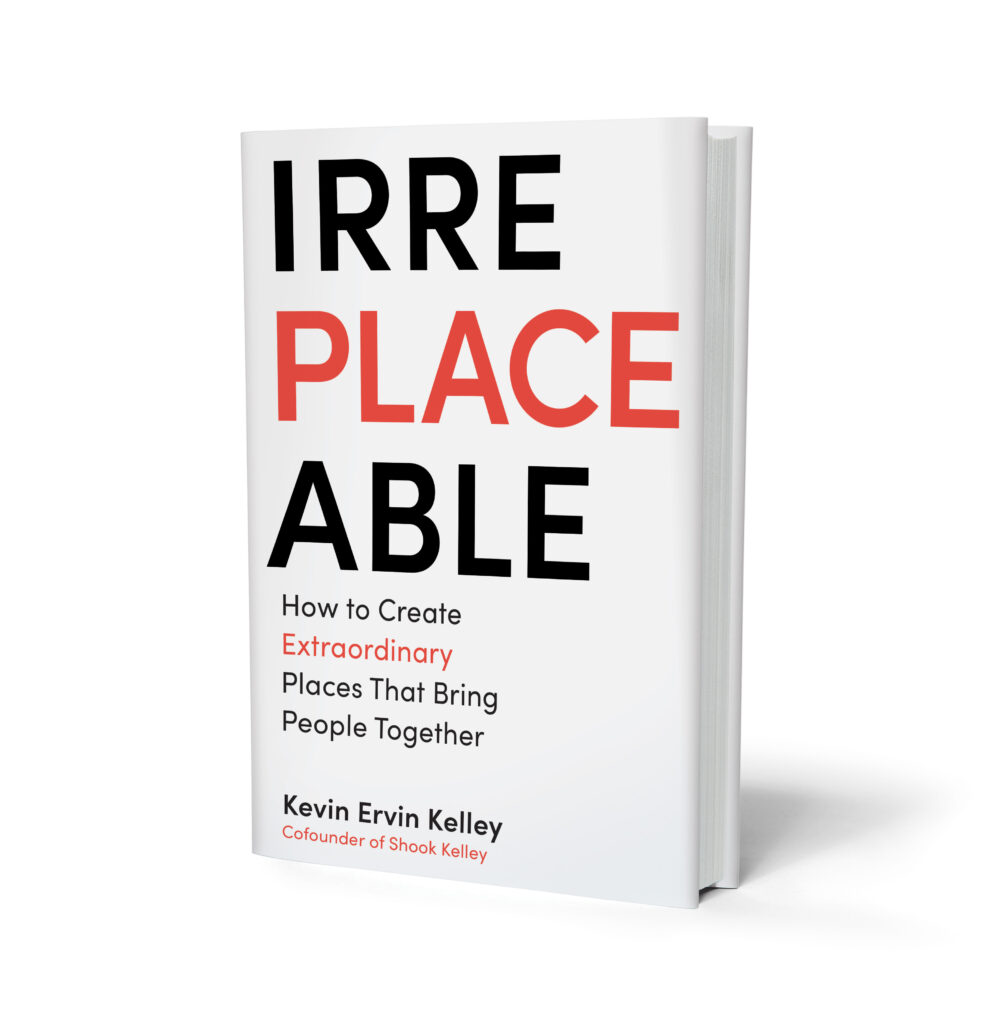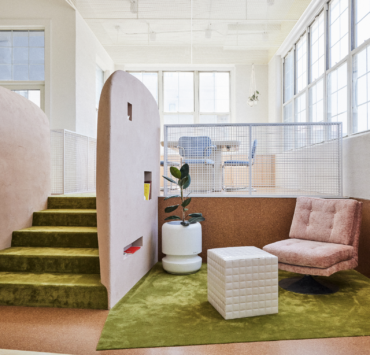Kevin Ervin Kelley was not like his peers. While architecture school focused on style, Kelley was preoccupied with studying human behavior. When one of his professors suggested he go into sociology instead of architecture, a lightbulb went off. Maybe architecture should be more sociological. “Maybe we should do a better job of meeting people where they’re at, instead of always trying to take everyone to glass houses,” he says. And it is that philosophy underpinning the work that makes Shook Kelley one of the most sought after designers of malls today. This week on Disruptive Design, DNN Editor in Chief Courtney Porter sits down with architect Kevin Ervin Kelley to discuss the past, present and future of retail design, gender preferences in design, why we get exhausted in furniture stores, and his new book, Irreplaceable: How to Create Extraordinary Places that Bring People Together, available now. Click play on the video below to watch their discussion:
How environment affects human behavior
When Kelley began working at a mall design firm, he finally had the ability to test and prove his hypothesis about how environmental design affects human behavior. Metrics came in the form of dollars in the cash register and in tracking how long & where people dwelled around a mall. For better or worse, he says, so much of our lives take place at the intersection of commerce and community: “Buying a product is one form of exchange, but a whole lot of other exchanges happen at the market.” To Kelley, commerce and retail are not dirty words, they are imperative for human development because they are occurring in spaces where we learn to cooperate with one another. Without retail spaces where else do strangers gather and interact?

Designing for a phygital retail experience
Something manufacturers and retailers need to be mindful of now and forever going forward is the merging of online and in-person shopping, the phygital retail experience. For thousands of years, humans had to go out of the house to get things done. This came with a set of human behaviors and activities involving preparation – getting dressed to go out, paying attention to driving or navigating your commute to your destination, and casual interactions with other consumers, strangers, and salespeople.
“If everyone cuts back 10% –and it is much higher than that – it devastates Main Street.”

Over time, the home has become a place where things are brought to you. Better automation has been undeniably beneficial to our day-to-day individual lives, but at the cost of the common good. The new standard comes with a new set of expectations and human behaviors. Noting that we, collectively, are losing our social chops from going out less and ordering in more, Kelley makes a plea for more considerate design of our public spaces. To design these spaces, we must delve deeper as “people do not come to the mall for socks,” he warns – “you can get those anywhere – they come for the social payoff.”

Building drama into the retail experience
My introduction to Kelley was reading an article he wrote for Fast Company titled “What Alfred Hitchcock Can Teach us about Designing Great Retail.” It reminded me of the conversation I had with Hudson Grace founders, Monelle Totah and Gary McNatton, who describe retail as theater. Both emphasize the need for a space to tell a story and move people emotionally – And they don’t say this to be frivolous; the survivability of the retail establishment depends on it. According to Kelley, in order for a space to achieve that, it must have three components: a solution, a meaning, and the subconscious reaction that makes us decide whether we want to be there or not. Kelley often asks himself ‘If Alfred Hitchcock owned a furniture store, what would that look like?’ He would think in terms of scenes, each with its own climax and each scene connected to the next, then he’d trim anything that didn’t fit. | To learn more about Shook Kelley, visit their website.




